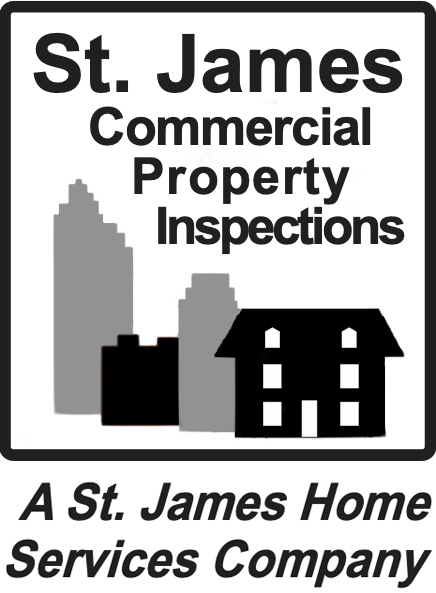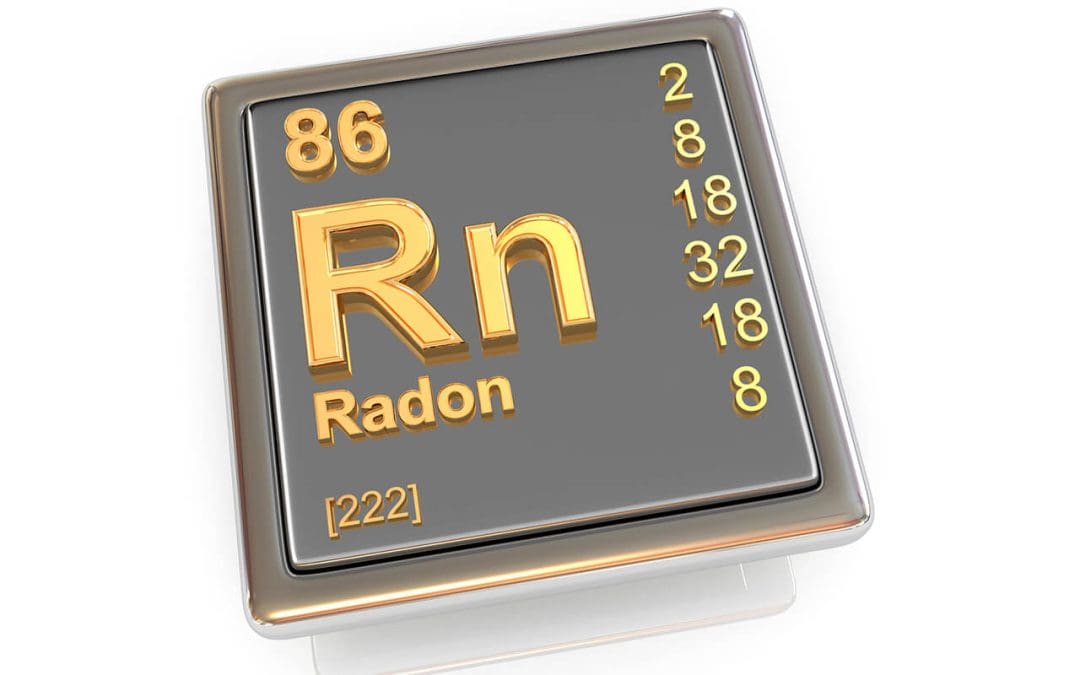As a commercial property owner, the safety of your occupants is a top priority. One often overlooked hazard that poses significant health risks is radon gas. This colorless, odorless, and tasteless radioactive gas naturally occurs from the decay of uranium in soil and rock. Without proper mitigation, high levels of radon in commercial buildings may lead to serious health issues, including lung cancer. This article will guide you through understanding radon, its risks, detection, and mitigation strategies.
What is Radon, and Why is it a Concern?
Radon gas is a byproduct of the natural decay of uranium found in soil, rock, and water. It seeps into buildings through cracks and other openings in the foundation. While radon is present everywhere, its concentration varies significantly from one location to another. The primary concern with radon is its impact on health. Prolonged exposure to high levels of radon is the second leading cause of lung cancer, making it a critical issue for property owners to address.
Assessing Radon Levels in Commercial Buildings
The first step in managing radon is understanding the levels present in your building. Radon testing is essential and can be done using short-term and long-term tests. Short-term tests provide initial insights and typically last between 2 to 90 days. Long-term tests, which last over 90 days, offer a more comprehensive view of radon levels throughout different seasons.
Professional radon inspectors use specialized equipment to measure radon concentrations. The results are typically expressed in picocuries per liter (pCi/L). According to the EPA, radon levels at or above 4 pCi/L require immediate action. However, even levels between 2 and 4 pCi/L should not be ignored, as they still pose health risks.
Mitigation Strategies for High Radon Levels
Once radon is detected, implementing effective mitigation strategies is crucial. There are several ways to reduce radon levels and create a safer environment for building occupants.
1. Sub-slab Depressurization: This is a common and effective method for reducing radon levels in commercial buildings. A vent pipe system and fan are installed, which pulls radon from under the building and expels it outside, preventing it from entering the interior spaces.
2. Sealing Cracks and Openings: Although this method alone is insufficient to reduce radon levels significantly, sealing cracks in the foundation helps limit the flow of radon into the building, enhancing the effectiveness of other mitigation techniques.
3. Ventilation Improvements: Increasing ventilation in crawl spaces and other enclosed areas helps dilute radon levels. This method can be combined with other techniques for more effective results.
4. Building Pressurization: Adjusting the air pressure inside the building to be higher than the pressure in the soil helps prevent radon from entering. This method is more complex and may require professional assessment and installation.
Maintaining Safe Radon Levels
Mitigation does not end with the initial reduction of radon levels. Continuous monitoring and maintenance are essential for the ongoing safety of the building occupants. Regular follow-up testing should be conducted to verify the mitigation system’s effectiveness and detect changes in levels over time. Maintaining and servicing radon mitigation systems is crucial to their long-term performance.
Addressing radon in commercial buildings shows a commitment to the health and safety of everyone who uses your property. By understanding the risks, implementing effective mitigation strategies, and maintaining vigilant monitoring, you’ll make a safer environment for all occupants.
FAQs about Radon in Commercial Buildings
How often should I test my commercial building for radon?
It is recommended to test for radon every two years, or after changes to the building structure or HVAC systems.
Can radon levels fluctuate over time?
Yes, radon levels vary based on seasonal changes, weather conditions, and alterations in building use or structure.
Is radon only a concern in certain geographic areas?
While some areas have higher natural radon levels due to local geology, radon can be a concern in any building, regardless of location. Testing is the only way to determine radon levels.
What is the cost of radon mitigation in commercial buildings?
The cost varies widely based on the size and complexity of the building, the chosen mitigation method, and regional labor rates. Generally, costs range from a few thousand to several thousand dollars.
Are there any building codes or regulations regarding radon mitigation?
Many areas have building codes that require radon-resistant construction techniques in new buildings. It’s important to check local regulations and comply with radon testing and mitigation requirements.
St. James Commercial Property Inspections provides comprehensive commercial inspections and radon testing in Durham, Alamance, Caswell, Chatham, Franklin, Granville, Orange, Person, Vance, and Wake Counties of North Carolina. Contact us to schedule our services.

